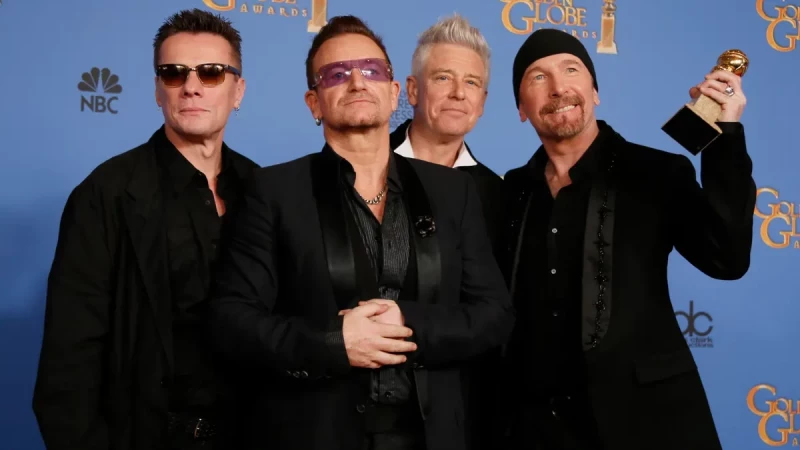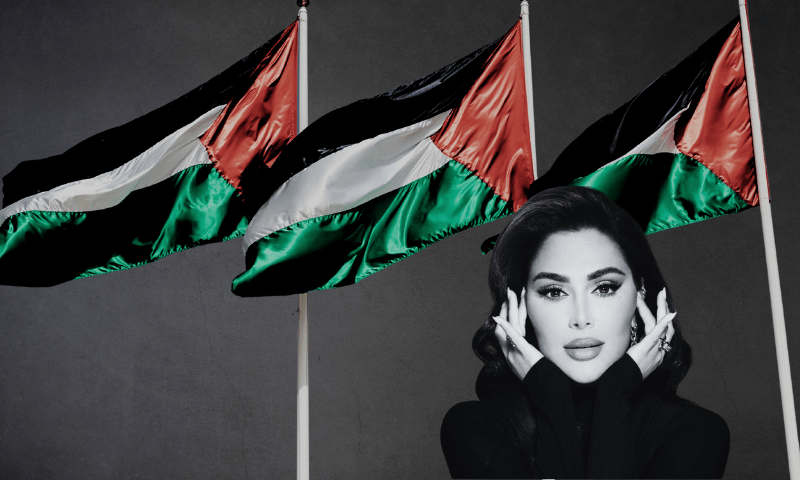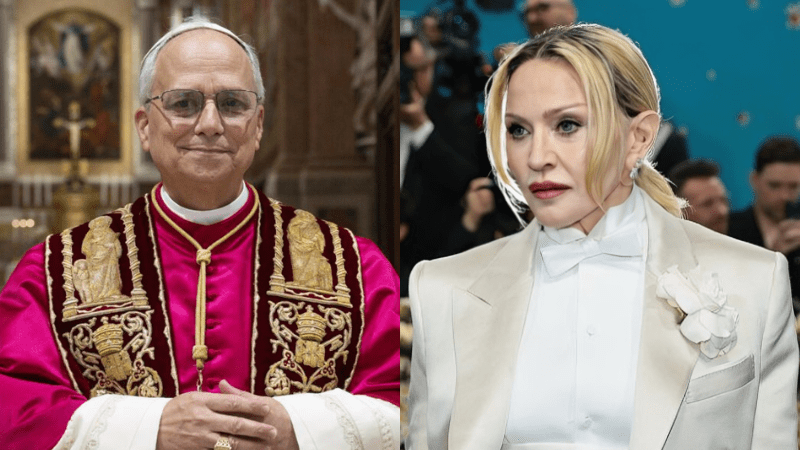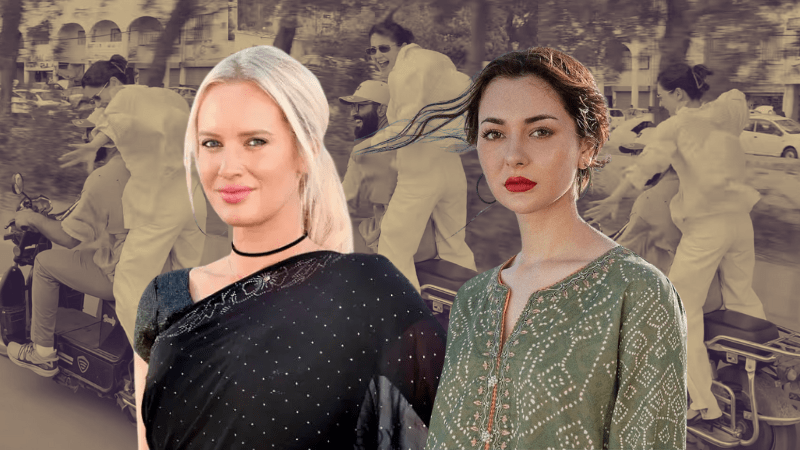Was the first Architecture Design Art Awards truly a celebration of the Pakistani creative mind?
Maria Aslam opened the ADA Awards by proclaiming, “Tonight is the night we will make history, you will make history, Pakistan will make history.” But was history made? It remains to be seen.
The first biannual Architecture Design Art (ADA) Awards were held in Karachi on Saturday January 19. Some of the city’s most prominent designers and architects gathered at the Sindh Governor House where they rubbed shoulders with young, up-and-coming talent. While the event itself was a fairly bumpy ride, President Arif Alvi as well as Governor Imran Ismail were in attendance, a victory for those pushing for government support for the arts.
About the awards
Launched by ADA Magazine and supported by the prestigious Aga Khan Awards for Architecture, the ADA Awards were the first celebration of Pakistani excellence in the disciplines of art, design and architecture combined. While award competitions within each of these fields already exist, there is great value in a collective show as it brings more attention to the winners, allowing them access to a larger network of professionals.
A female-led initiative, the ceremony is the brainchild of Maria Aslam, architect and founder of ADA Magazine. Aslam intends to celebrate and showcase Pakistani talent nationally as well as on a global stage, stating, “these are the minds that impact our minds, but the younger generation is unaware of these artists and designers who are making a difference in their day to day living.” Creative work is more often than not overlooked in Pakistan and the Presidents presence at the ADA Awards undoubtedly grants the event more weightage.
Each of the three disciplines, art, architecture and design, were chaired by a respected member of the fraternity. The chairs worked with the ADA team to curate award categories and they later facilitated the jury during the decision making process.
Can our local artists afford the recognition?
The ADA Awards received over 300 submissions in 3 months from Pakistani nationals residing in the country and abroad. These submissions were filtered down by an interim jury before being presented anonymously to the final jury which comprised of experts from Pakistan and around the world, representing countries such as Turkey, Lebanon, Iran, Italy, Singapore, France and the UK.
However, there was far too much focus on international exposure at the expense of local talent.
The ADA Team prioritized the travel expenses of foreign jurors over a lower submission fees for domestic creatives
Art jurors were unable to judge four of the nine categories, Printmaking, Photography, New Media and Video Art, due to low quality and quantity of submissions. Art Chair Sameera Raja, a trained architect and founder of Canvas Gallery, told Images that they did not receive any submissions for two categories and the submissions for the other two categories were not of a high enough standard, she and other members of her jury blamed the Rs. 5,000 submission fees, stating it is was far too hefty for a young, struggling artist.

Art jury member, Savita Apti, a celebrated art historian from Singapore added, “if they don’t have submission fees then new talents will emerge.” Furthermore, Raja believes that artists are not used to submitting their work to competitions and the art segment of the ADA Awards will get more traction as the years go on.
Khurram Kasim, renowned Pakistani art collector and art juror, echoed this sentiment, stating that the quality of the work presented to the jury was “not up to par,” and more of an effort could have been made to reach out to new artists who do not already have access to creative circles. He went on to state that art should be treated differently from architecture and design specially since ADA Magazine is not known for its art section.
Responding to questions about the submission fees, Maria Aslam and Aisha Khan from the ADA Team said it was a tough call but after comparing their fees to international standards, they decided it was nominal and necessary to cover operational costs. Aslam further stated, “people who will pay for something, they’ll be keen and serious about it.”
While it makes sense to look towards international award shows in order to gain inspiration and successfully propel Pakistani talent into the global arena, it makes much more sense to take into account the Pakistani context where the ADA Awards are actually taking place. For most Pakistanis, artists and designers included, Rs 5000 is a very significant amount to pay for an award show in its very first cycle.
The ADA Team prioritized the travel expenses of foreign jurors over a lower submission fees for domestic creatives. Such a lofty submission fees makes the award show inaccessible for most Pakistanis, specially up-and-coming innovators.
One of the main goals of the award show is to appreciate Pakistani talent but that was not reflected in the high submission fees or in the method of outreach. There was a launch in Karachi as well as in Dubai and the ADA team further spread word of the competition via email, LinkedIn and social media. But in a country where most people do not even have access to the internet, and where media coverage for the arts is limited, that isn’t enough. Outreach at a more grassroots level would have been helped spread the word to creatives from diverse socio-economic backgrounds.
On the other hand, Design chair, Saima Zaidi, Director for Media and Design at Habib University, said her jury chose from over 40 submissions. She praised the conceptual strength of the project and said the quality of submission for design was high and it was difficult to choose winners.
The star segment was clearly architecture chaired by architect and founder of Indus Earth Trust, Shahid Sayeed Khan who categorized the event as “a major achievement of arts in this country.” Khan said he was pleasantly surprised to receive 82 submissions and he found his experience working with an international jury fascinating as “each country has their own approach to how architecture is appreciated."
Italian architect Davide Tommaso Ferrando was delighted to have the opportunity to visit Pakistan for the first time and he found Pakistani architecture “new and exciting”. Gonca Pasolar, another member of the architecture jury who flew to Pakistan from Turkey for the first time, stated that Pakistani architecture is not visible internationally and she hopes the ADA Awards will increase visibility.
The ceremony begins
Process and methodology aside, the actual event got off to a shaky start, partially due to the last minute arrival of President Arif Alvi. Guests were left waiting until 7pm, half an hour after the ceremony was scheduled to begin, while security sweeps were performed. It was also revealed that phones and bags were not allowed inside the venue, much to the chagrin of many attendees who complained that the invitation should clearly state the rules of attendance. After a long– and somewhat heated– stand-off between the female guests and the Governor House security team, women were allowed to enter with their handbags after having them checked by security.
Once guests were finally seated, they could appreciate the impressive set-up, a grand stage was erected, flanked by large screens on both sides. As the winners received awards, short descriptions of their work were read aloud. However, given the visual nature of their work, photos or videos of the winning projects would have been a more effective way to showcase the winners’ abilities.

After another period of waiting, the ceremony finally began at 8pm, an hour and a half behind schedule. The host for the evening, RJ Khalid Malik, did his best to engage the attention of the disgruntled audience by demanding that everyone rise to their feet- he singled guests out pointedly until everyone obeyed- and pay their neighbour a compliment. While this is one of the oldest tricks in the book, it did the job.
After the Art, Design and Architecture prizes were presented, three final awards were handed out- Lifetime Achievement Awards for Gulzar Haider and Salima Hashmi, and a “Socially Responsive Award” that went to advertising agency BBDO Pakistan for their project bringing awareness to the issue of civilian death by drones.
Unfortunately, the entire ceremony was conducted purely in English, despite the fact that there were people in the venue who perhaps would have been more comfortable making their acceptance speeches in Urdu.
The ceremony was interspersed with live entertainment such as a mesmerizing performances by Sohai Abro and musical act Khumariyan. Comedian Shafaat Ali also performed but he was unable to engage with the audience and his tone-deaf remarks about Italian stereotypes and Mussolini, directed at the Italian juror, left the audience cringing in their seats.

However, despite Ali’s comedic failings and a few organisational hitches, the first ADA Awards successfully brought experts from three separate but related disciplines together, highlighting and creating opportunities for Pakistani creatives who are excelling in their fields.
That being said, it is not an accessible platform, specially for young artists and designers. It was very disappointing that every single presenter spoke purely in English, aside from President Arif Alvi who gave his ending speech in Urdu. Moreover, I believe the outreach strategy and submission fees needs to be revised in order to allow artists and designers from low-income communities access to this emerging platform.
All of this left me wondering, was the first cycle of the ADA Award Show truly a celebration of the Pakistani creative mind? Or just the minds of the elite? I’m not too sure.












Comments